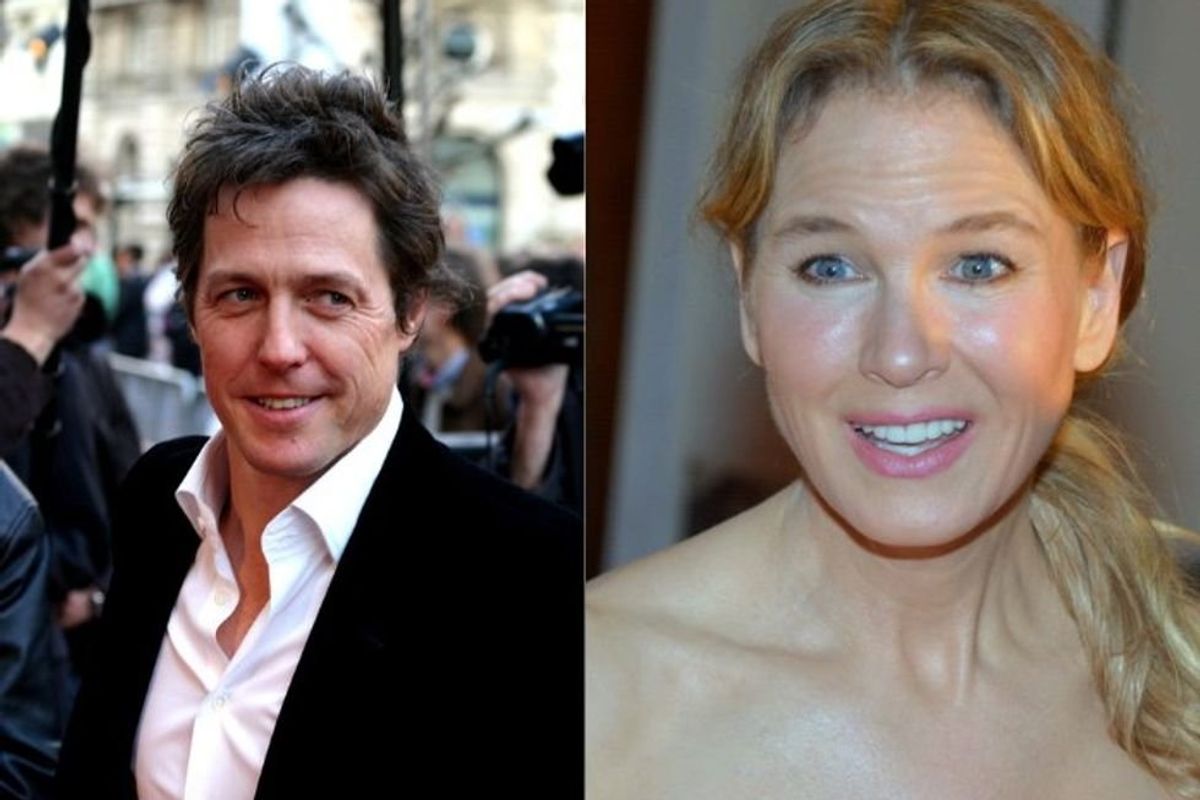11 awe-inspiring African cities that are changing the face of urban living in the future.
Imagine a futuristic landscape where gleaming silver spires lined with effervescent lights rise like fabricated flowers from a green, expansive plain, stretching up toward the sun...
Probably not what comes to mind when you think about Africa, huh?
You might be surprised to learn that the second largest continent on the planet is also home to some of the world's most futuristic cities — and there are plans to build even more.
In fact, an estimated 70% of the African population is expected to live in one of these remarkable urban developments within the next decade.
Don't believe me? Take a look for yourself.
Here are five futuristic African cities that already exist, plus six more that are being built.
1. Luanda, Angola
The Angolan capital city of Luanda is already being called the World's Most Expensive City — but as the city grows and grows, people there are also using an expansive mobile phone network to provide quick and easy access to clean water for all citizens, regardless of their income.
Photo via ben sedin/YouTube.
2. Durban, South Africa
That crazy lookin' spaceship below is actually a multi-use sports stadium, and it's only one of the many stunning buildings popping up in the area. The buildings are designed with technology and infrastructure that actively address issues of poverty, crime, and environmental sustainability.
Photo by South African Tourism/Flickr.
3. Ebène Cyber City, Mauritius
The island nation of Mauritius is more than just the basis of a really expensive stamp. The self-contained "smart city" also hosts the internet registry platform for the entire continent, and it boasted high-speed access for all of its citizens well before most other cities in the world did.
Living in Ebène Cyber City is basically like living in a spaceship in the middle of the Indian Ocean that you never have to leave unless you want to.
Photo by Starts/Wikimedia Commons.
4. Kigali, Rwanda
The Rwandan capital is the cleanest city on the entire African continent, which probably contributes to its shimmering, space-like qualities.
And with a population that's expected to triple in the next five years or so, Kigali's ambitious plans for expansion include some impressive sustainability efforts that are both affordable and accessible for people of all incomes and abilities.
Photo by Alex Niragira/Flickr.
5. Nairobi's Financial Centre, Kenya
The Kenyan capital is already being heralded as Africa's Most Intelligent City thanks to its vested interest in creating an integrated, tech-friendly community that connects living and working through and with the convenience of a smartphone.
Recent renovations are turning the downtown financial center into an international destination business hub as well, helping this ecologically sustainable city become economically sustainable as well.
Photo by Msamaria190/Wikimedia Commons.
6. Konza Technology City, Kenya
While we're still years away from seeing the full realization of Kenya's new "technolopolis" — ground was broken on the project in March 2016 — this multibillion-dollar "silicon savannah" aims to be the next big tech industry epicenter of tomorrow.
Rendering via ICT Authority Kenya/YouTube.
7. Safari City, Tanzania
Safari City is just one of several "satellite cities" planned for Tanzania's Arusha region, with a plan to mix affordable and luxury properties in each self-contained urban environment. This will hopefully enable people at every income level to live, work, and play without having to leave their cutting-edge homes.
Rendering via Nhc Tanzania/YouTube.
8. La Cite du Fleuve, Democratic Republic of Congo
This magnificent metropolitan mecca is actually being built on a reclaimed swampland adjacent to the DRC capital of Kinshasa — which might sound weird, until you realize that people are already calling it "the New Manhattan."
But with floating villages already popping up around the country as citizens flee from armed conflicts, building sustainable infrastructures is the obvious next step.
Rendering via Christian Mutombo/YouTube.
9. Eko Atlantic City in Lagos, Nigeria
Another landfill development, the up-and-coming Eko Atlantic City on Lagos' Victoria Island, is being built with plans to house 250,000 people and create 150,000 new jobs as "the new gateway to Africa."
This ambitious housing project will be powered entirely through self-sustaining green energy sources.
Rendering via Urban Lab McGill/YouTube.
10. Hope City, Ghana
In this case, "Hope" is actually an acronym for home, office, people, and environment. With its movie theaters, restaurants, sports centers, university, and hospital, this high-tech hub will actually create twice as many jobs as there is room to live there.
On top of all that, one of those rocket-ship-esque buildings will potentially become the new tallest building in Africa.
Rendering via OBR/Vimeo.
11. Centenary City in Abuja, Nigeria
Though it's still in its earliest stages, the Centenary City project is expected to revolutionize the entire Nigerian economy by creating a world-class urban destination integrated with biometric technologies and optimized for pedestrian, bicycle, and mass public transit.
Rendering via Centenary City Official/YouTube.
While some of these stunning urban centers are still years from completion, it's pretty remarkable to see these futuristic cityscapes take form on the African horizon.
It can be all too easy for us to reduce the African continent to a singular entity of rural poverty, but it's important to remember that there are many distinct, rich cultures spread throughout the more than 50 countries and 12 million square miles of land that make up the continent, and each has its own ideas to offer to the world.
So sure, there are some things to look out for when it comes to any kind of major urbanization projects. But even those are different problems than the ones that we tend to associate with Africa.
That's why these amazing new cities are so remarkable: They represent a chance for these countries to make their mark on the global maps of tomorrow and remind us that the brightest innovations are just around the savanna corner.




 Beaver on riverbank.
Beaver on riverbank.  Pbs Nature Swimming GIF by Nature on PBS
Pbs Nature Swimming GIF by Nature on PBS  An actual beaver dam on the now-thriving Price River
An actual beaver dam on the now-thriving Price River 
 "You're hilariously brilliant at everything you hate."
"You're hilariously brilliant at everything you hate."  "Bridget is authentically herself…and triumphs in her own way."
"Bridget is authentically herself…and triumphs in her own way."  "They're written in some curious language that I can't really understand."
"They're written in some curious language that I can't really understand." 

 Wash the dishes before I get home from bowling! Photo by
Wash the dishes before I get home from bowling! Photo by  music video 80s GIF
music video 80s GIF 
 An embarrassed woman covers her face
An embarrassed woman covers her face A woman laughs while trying to hide her face from the cameraCanva
A woman laughs while trying to hide her face from the cameraCanva Green Flag GIF by The Last Talk Show
Green Flag GIF by The Last Talk Show A woman covers her faceCanva
A woman covers her faceCanva